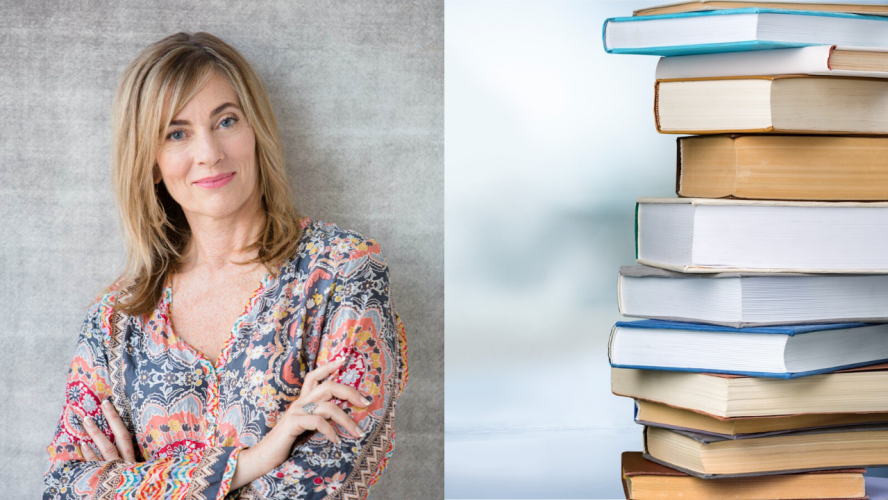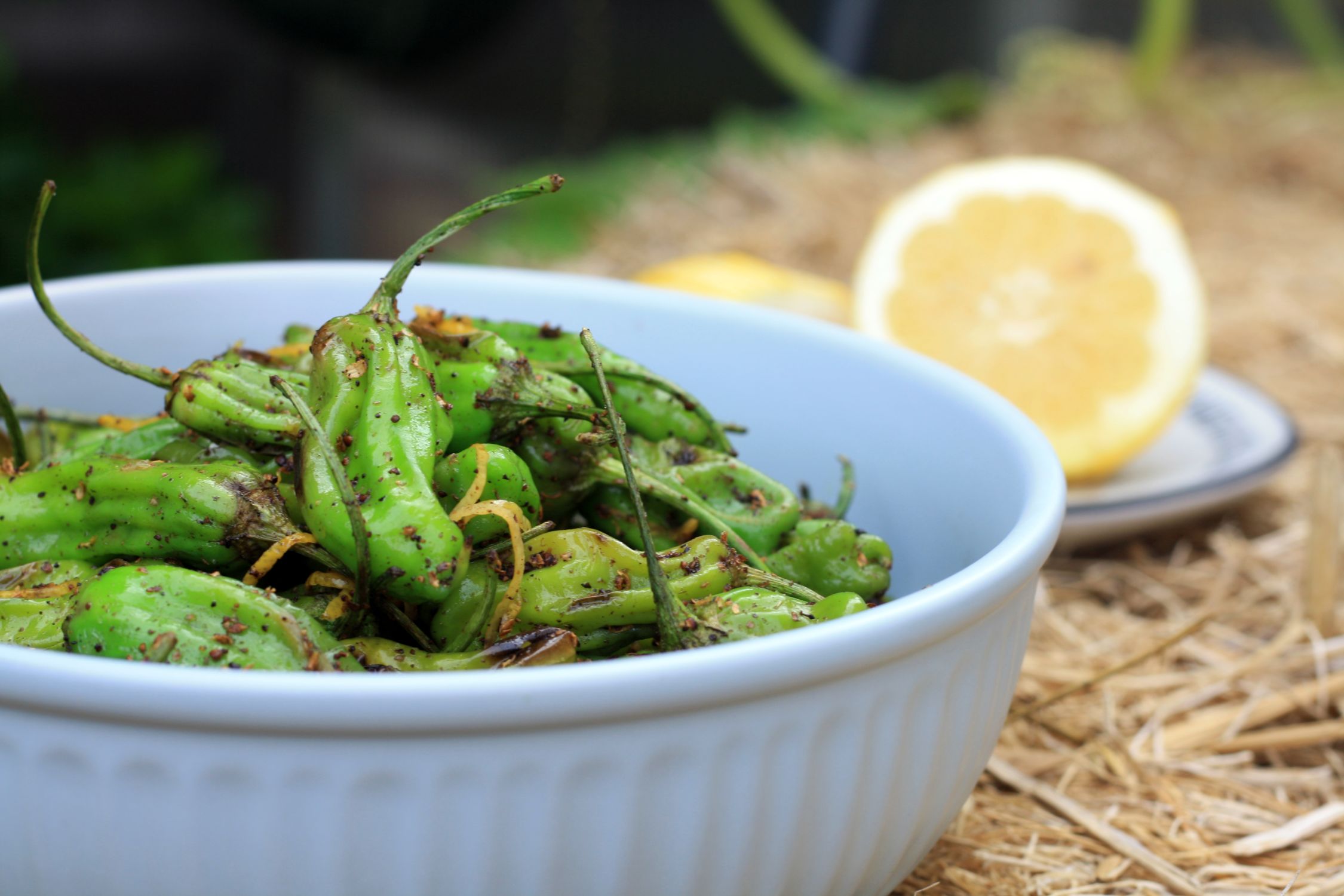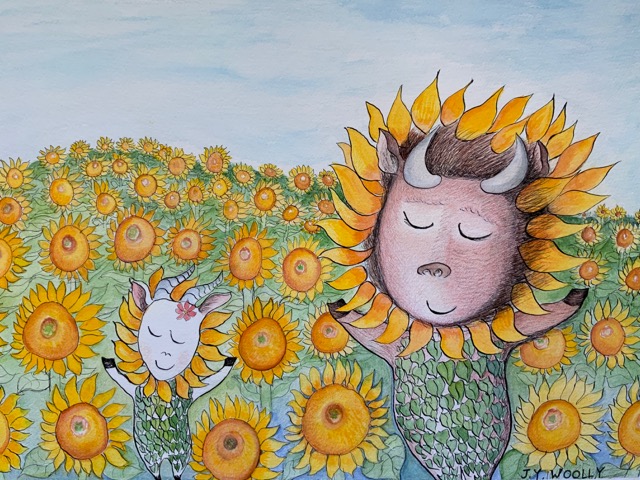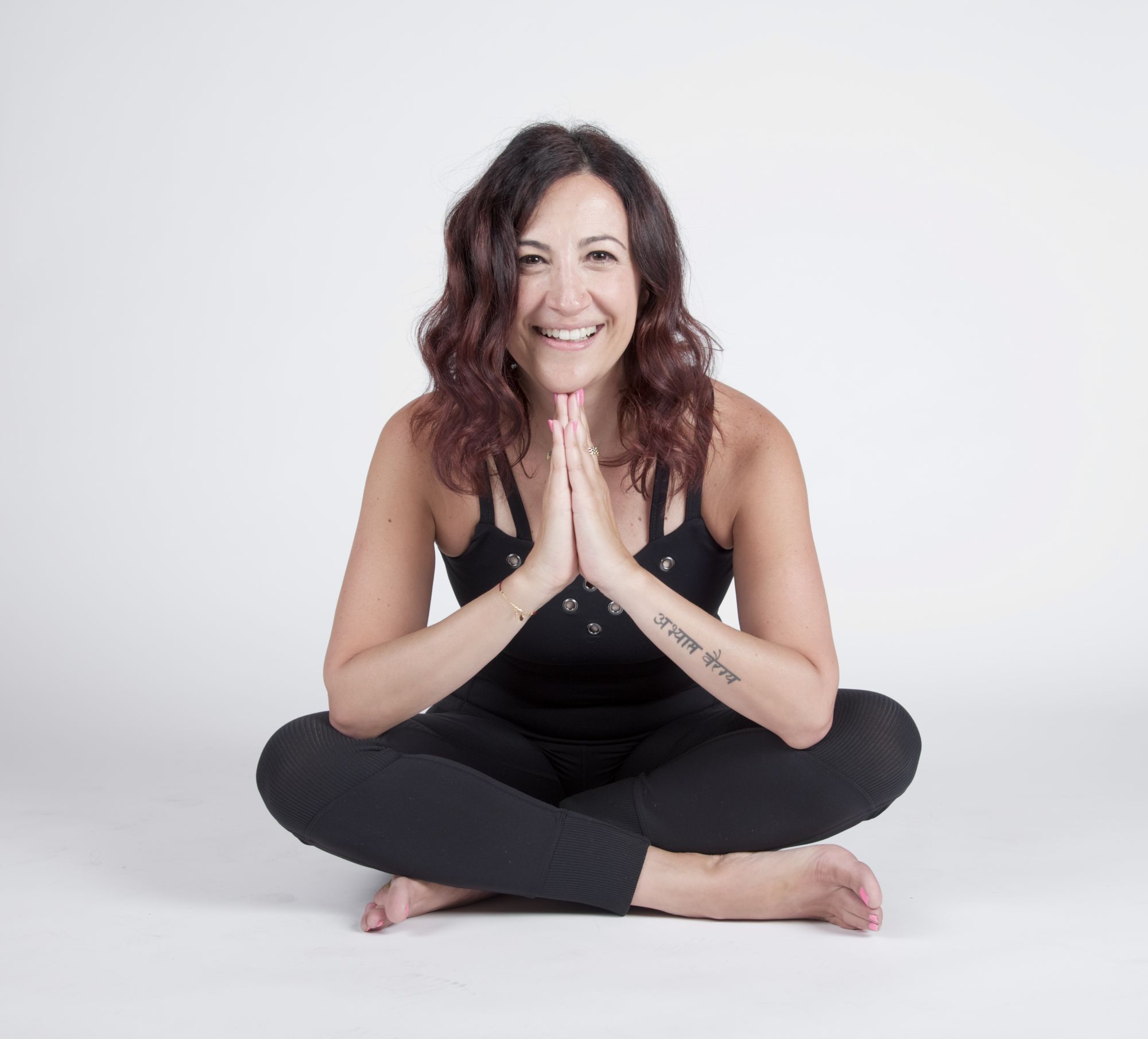Q: What books do you keep beside you to inform your practice as a student? And what books do you keep beside you to inform your practice as a teacher?
A: Books that have moved me over the years that I continually return to are:
- The Experience of Insight: A Simple & Direct Guide to Buddhist Meditation by Joseph Goldstein: This book I read in 1989. It inspired a daily meditation practice.
- Reflections on the Art of Living by Joseph Campbell: I have held Campbell’s work on the universal elements of myth and story in high regard for many years.
- Healing with Form, Energy, and Light: The Five Elements in Tibetan Shamanism, Tantra, and Dzogchen by Tenzin Wangyal Rinpoche: I don’t tend to offer his work in my teacher trainings, but once someone has a great idea of the field of awareness within the body, his work becomes revelatory. Some of the Tibetan breathing practices are simple, accessible, and powerful.
- Comfortable with Uncertainty: 108 Teachings on Cultivating Fearlessness and Compassion by Pema Chödrön (and frankly any book she has written): I read this when stranded in the Himalayas during a deadly monsoon, and I found it incredibly useful in helping to stay connected to the present moment.
- Original Yoga: Rediscovering Traditional Practices of Hatha Yoga by Richard Rosen is a fascinating look at early yoga and what we could potentially apply to our practice today. Richard has been steeped in yoga for decades. Every book on the breath that he has written is outstanding.
These are books that I continue to find vital as a student and a teacher:
- Yoga for the Subtle Body: A Guide to the Physical and Energetic Anatomy of Yoga by Tias Little: There are subtle body concepts that have been passed down through yoga, concepts that were meant to be experiences, but modern practitioners have largely not known just how to read these old maps in any sort of viscerally transformative way. He cracks the code. Every time I pick up the book, I see the subtle body in a new way.
- The Untethered Soul: The Journey Beyond Yourself by Michael Singer: I’ve recommended this book to hundreds of people over the years, a book that successfully describes the human predicament and offers a very clear path to being in touch with who we truly are. His newer book, The Surrender Experiment: My Journey into Life’s Perfection, is his autobiography. I found it difficult to put down.
- Paths to God: Living the Bhagavad Gita by Ram Dass: This book is a companion to The Bhagavad Gita, which is also essential reading for the yoga practitioner. Ram Dass, as he does in all of his most excellent books, makes sense of what it is we’re made to be doing here (less doing, actually; more being).
- The Joy of Living: Unlocking the Secret and Science of Happiness by Yongey Mingyur Rinpoche: With levity and wisdom, Mingyur provides an accessible way into the meditative experience. His new book, In Love with the World: A Monk’s Journey through the Bardos of Living and Dying is also incredible.
- Roots of Yoga by Dr. Mark Singleton and Dr. James Mallinson: The key word here is “roots” with an s at the end. My take away: so many people have, over the centuries, contributed to our modern understanding of what it means to practice.
- Anatomy Trains: Myofascial Meridians for Manual and Movement Therapists by Thomas W. Myers: This is a “must read” for any student and teacher of movement-based practice. We cut up our sense of our own body through language, when we are, in actuality, a living system. Now, to incorporate that understanding into our daily awareness? Ahh, that is the work!
For the uber-passionate yogi, it’s hard to get enough of reading about yoga. I recommend other genres, particularly reading about the natural world or people for whom we seem to share nothing in common. When it comes down to it, everything we can take in can inform our understanding of the practice.













